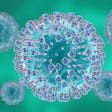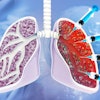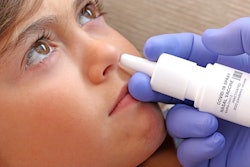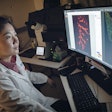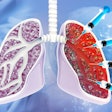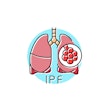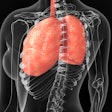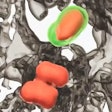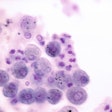
What researchers once believed to be a rare occurrence is, unfortunately, more common. A new, large-scale study uncovered an increased rate of pulmonary embolism in pediatric patients, similar to the rate seen in adults. The research was presented at the American Thoracic Society (ATS) 2025 International Conference in May and simultaneously published as an abstract, “High Frequency of Pulmonary Embolism in Symptomatic Children in the Emergency Department,” in the American Journal of Respiratory and Critical Care Medicine.
The Bedside Exclusion of Pulmonary Embolism in children without the need for Radiation (BEEPER) multicenter study is the first to evaluate PE frequency in children. Prior retrospective studies that used patient databases projected fewer than 1 in 100,000 children per year experienced PE. Now, research suggests as many as 6.3% of children who present with ambiguous systems may be diagnosed with acute pulmonary embolism.
“PE in children is not as rare as previously thought and needs to be considered in adolescents with unexplained dyspnea, or ‘shortness of breath,’” said first author Jeffrey A. Kline, MD, professor of emergency medicine at Wayne State University School of Medicine in Michigan.
BEEPER assessed 4,011 children, aged four to 17, who presented at 21 U.S. emergency departments between 2020 and 2024 with symptoms suggesting pulmonary embolism evaluation. Approximately 80% of the pediatric patients received a D-dimer test, an assay that detects blood clot markers, as the initial diagnostic method. Additional imaging tests included computed tomographic pulmonary angiography (CTPA), VQ lung scan, MRI and venous ultrasound.
During the diagnostic process, researchers detected PE in 3% of children and deep vein thrombosis (DVT) in 1.8% of children. They found 1.3% of children had both conditions.
In a press release, Dr. Kline said the study helped identify criteria and patterns to distinguish pulmonary embolism in pediatric patients, which doctors already rely on to detect the disease in adults. The results also provide an evidence-based approach to identifying PE in children who may have gone undiagnosed and underscore the ability to reduce low-value exposure to radiation.
“This is the most thought-provoking part of our findings,” Dr. Kline said. “Do children experience PE commonly and remain undiagnosed, but then recover without sequela? Or are we missing the opportunity to intervene earlier on an unrecognized cause of pulmonary hypertension or other chronic disability or, rarely, cause of sudden death?”
Dr. Kline said the research team is planning a follow-up, multicenter study to examine if these new guidelines will help exclude PE in children without the need for unnecessary tests.

